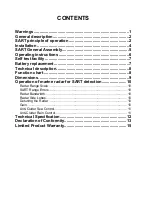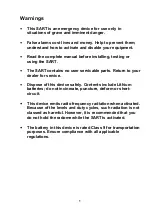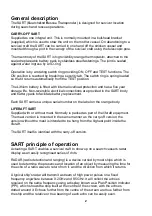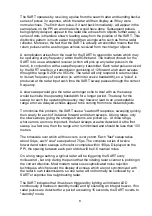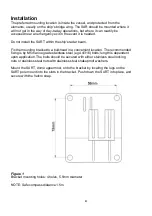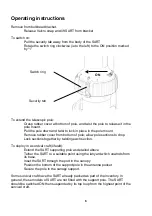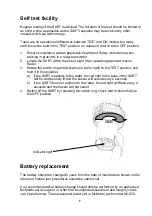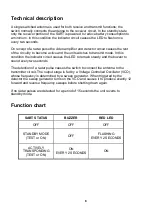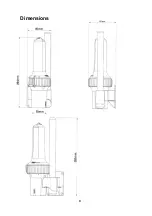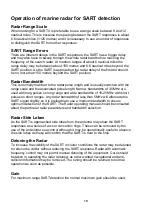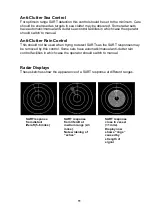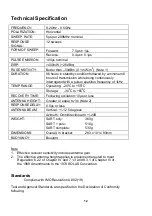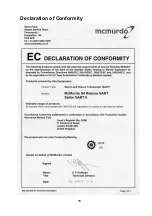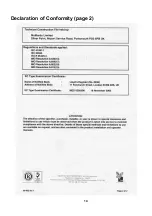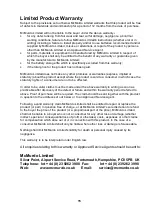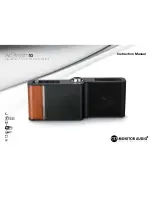
2
General description
The SART (
S
earch
A
nd
R
escue
T
ransponder) is designed for survivor location
during search and rescue operations.
CARRY-OFF SART
Supplied as one integral unit. This is normally mounted in a bulkhead bracket
(supplied) which is used to stow the unit on the mother vessel. On abandoning to a
survival craft the SART can be carried in one hand off the stricken vessel and
mounted through a port in the canopy of the survival craft using the telescopic pole.
The main body of the SART is high visibility orange thermoplastic, attached to the
sealed replaceable battery pack by stainless steel fastenings. The joint is sealed
against water ingress by an O-ring.
Operation is by a rotating switch ring providing ON, OFF and TEST functions. The
ON position is reached by breaking a security tab. The switch ring is spring loaded
so that it returns automatically from the TEST position.
The Lithium battery is fitted with internal overload protection and has a five year
storage life. Non-reversible electrical connections are provided in the SART body
and battery pack to facilitate battery replacement.
Each SART carries a unique serial number on the label on the orange body.
LIFERAFT SART
Supplied with or without mast. Normally is packed as part of the liferaft equipment.
The mast version is mounted in the same manner as the carry-off version; the
version without the mast is intended to be hung from the highest point inside the
liferaft.
The SART itself is identical with the carry-off version.
SART principle of operation
Actuating a SART enables a survival craft to show up on a search vessel's radar
display as an easily recognised series of dots.
RADAR (radio detection and ranging) is a device carried by most ships which is
used to determine the presence and location of an object by measuring the time for
the echo of a radio wave to return from it, and
the direction from which it returns.
A typical ship's radar will transmit a stream of high power pulses on a
fixed
frequency anywhere between 9.2GHz and 9.5GHz. It will collect the echoes
received on the same frequency using a display known as a Plan Position Indicator
(PPI), which shows the ship itself at the centre of the screen, with the echoes
dotted around it. Echoes further from the centre of the screen are thus further from
the ship and the relative or true bearing of each echo can be easily seen.
Summary of Contents for S4 Rescue SART
Page 1: ...S4 RESCUE SART Search And Rescue Transponder User Manual ...
Page 11: ...9 Dimensions ...
Page 15: ...13 Declaration of Conformity ...
Page 16: ...14 Declaration of Conformity page 2 ...
Page 18: ...16 User Notes ...


